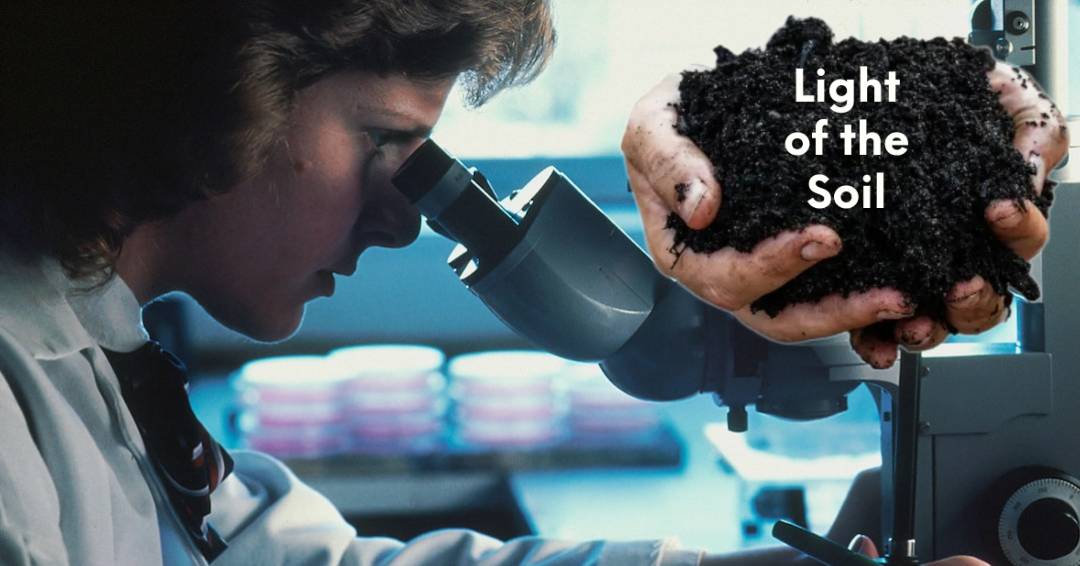Here are some commonly used methods for conducting biodiversity soil tests:
Microbial analysis: This test examines the diversity and abundance of microorganisms in the soil, including bacteria, fungi, and other microbial species. It involves collecting soil samples and analyzing them using techniques such as DNA sequencing, plate counting, or microscopy.
Nematode assay: Nematodes are tiny roundworms that play important roles in soil nutrient cycling and plant health. A nematode assay involves extracting nematodes from the soil sample and identifying them to assess their diversity and population densities.
Earthworm count: Earthworms are crucial soil-dwelling organisms that contribute to soil structure, nutrient cycling, and organic matter decomposition. A simple method to assess earthworm abundance is by conducting a hand-sorting survey, where soil samples are manually sorted to count and identify different earthworm species.
Soil macrofauna sampling: This method involves collecting and identifying larger soil organisms such as insects, mites, spiders, and centipedes. Pitfall traps, Tullgren funnels, or manual extraction techniques are used to capture and quantify the macrofauna species present in the soil.
Plant species richness: The presence and abundance of plant species in the soil can indicate the overall biodiversity of the ecosystem. Conducting vegetation surveys in the vicinity of the soil sample area can provide insights into plant species richness and diversity.
These tests are typically conducted by researchers, ecologists, or soil scientists with expertise in biodiversity assessments. The results obtained from these tests can help in understanding the health of soil ecosystems, identifying areas of concern, and implementing appropriate conservation or restoration strategies to promote biodiversity and soil ecosystem function.

